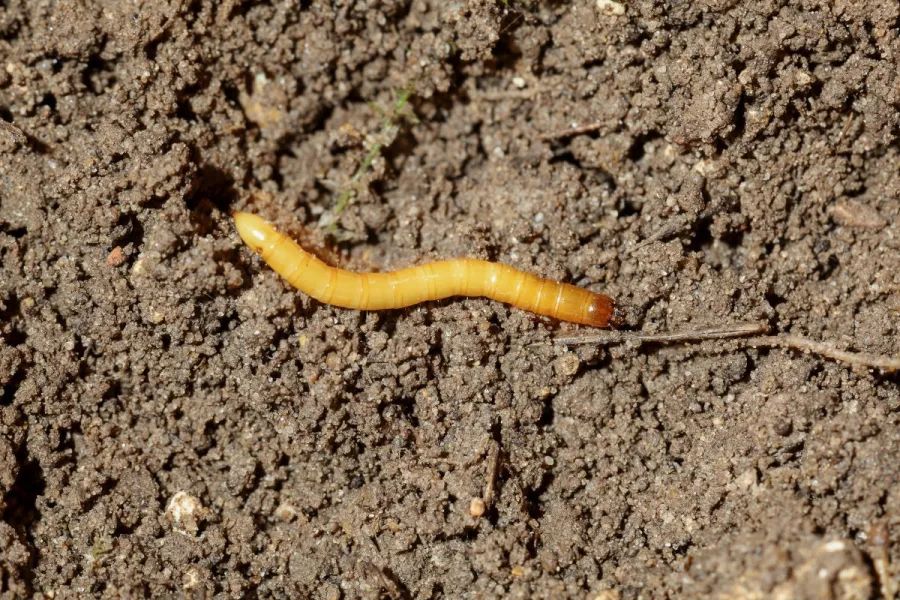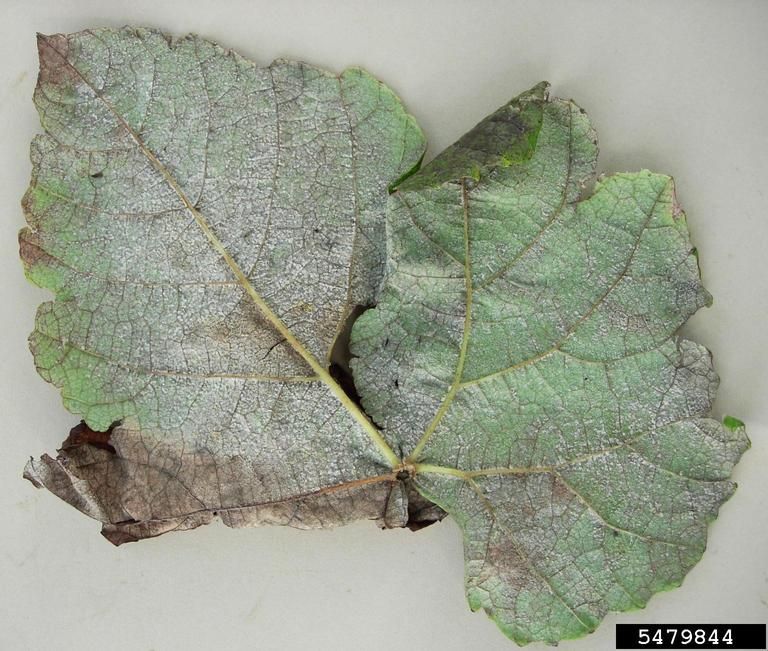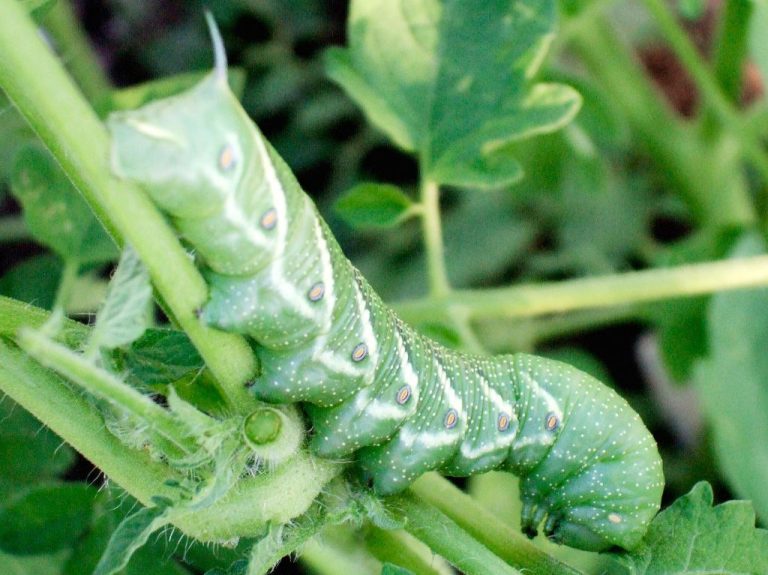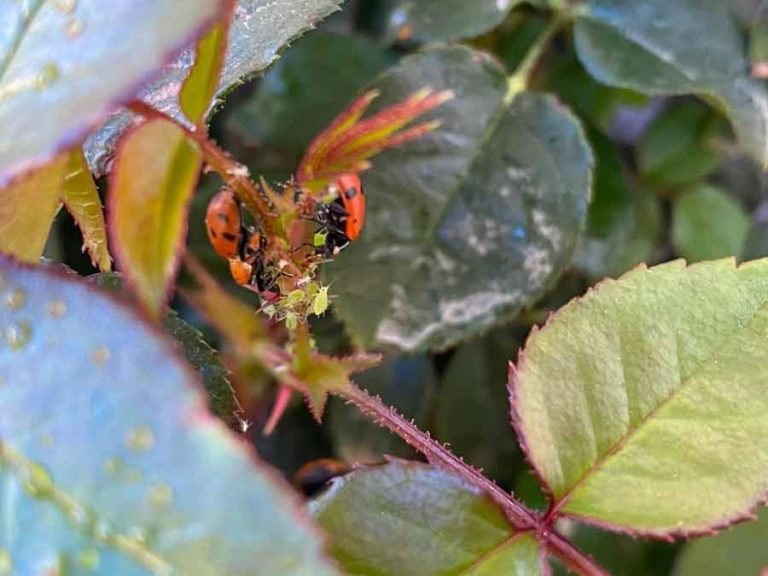Combatting Wireworms: Protecting Your Root Crops
Wireworms are a major pest of root crops such as potatoes, carrots, beets, radishes, and other vegetables grown for their edible roots. Wireworm feeding can cause extensive damage to these crops, leading to poor germination, stunted growth, wilting, plant death, and significant yield losses. Protecting root crops from wireworm damage is critical for farmers who rely on healthy root crops for income and food production. This article provides an overview of wireworms and strategies for keeping root crop harvests safe from these destructive pests.
(Source)
What Are Wireworms?
Wireworms are the larval stage of click beetles that live underground and feed on the roots of plants. The life cycle of a wireworm begins when adult click beetles lay their eggs in grassy fields or under crop debris. After the eggs hatch, the larvae are called wireworms (Umass Extension, 2022).
Wireworms are slender and tan to reddish brown in color. Their bodies are divided into hard segments and are tapered on both ends. Wireworms can grow up to 1 1⁄2 inches long as mature larvae before pupating under ground. The entire life cycle of a wireworm can take 2 to 6 years to complete (Syngenta, 2019).
There are many different species of wireworms that can damage crops. Some of the most common agricultural pests are the corn wireworm, tobacco wireworm, and wheat wireworm. Different wireworms prefer certain soil conditions and types of vegetation (Umass Extension, 2022).
How Wireworms Damage Crops
Wireworms mainly feed on the roots, tubers, seeds, and underground stems of plants, causing significant damage to crops (Wireworm, n.d.). The larval stage is when wireworms do the most feeding and destruction. They use their strong mandibles to chew through roots, boring into the plant tissue and disrupting the vascular system (UC IPM, n.d.). This interrupts the plant’s ability to take up water and nutrients, leading to stunting, wilting, and even death.
Wireworm feeding on smaller roots of older plants leads to stunted roots with brown discolorations. Feeding on larger roots and underground stems creates deep furrows and tunnels in the tissue (Wisconsin Horticulture, 2020). The wounds created provide entry points for fungal and bacterial diseases. Extensive feeding damage can girdle the plant stem right at soil level, killing the entire plant.
Crops most at risk of wireworm damage include corn, wheat, potatoes, beans, peas, lettuce, onions, carrots, and other root vegetables. Seedlings and young transplants are especially vulnerable since their small root systems are rapidly destroyed.
Conditions That Encourage Wireworms

Certain soil properties and previous crops grown can encourage wireworm infestations. Wireworms prefer loose, sandy soils that are well-drained. Heavier clay soils that retain moisture are less favorable for wireworms [1]. Fields where grasses, wheat, corn, or potatoes were previously grown often have higher wireworm populations. Grasses allow females to easily lay their eggs in the soil while crops like corn and potatoes are favored food sources for the larvae [2].
Scouting for Wireworms
Wireworm scouting should start in fields that historically have had excessive weed pressure and disappointing grain yields. Ideally, sampling should be done when soils are moist and before planting [1]. The shovel method is the quickest and easiest way to sample for wireworms, but it may be the least accurate [2].
To take samples using the shovel method:
- Dig a hole 12 inches deep and 12 inches wide
- Sift through the soil and pick out any wireworms
- Sample multiple locations, as wireworms are not evenly distributed
- Aim for 10-20 samples per field
Another method is using bait stations. This involves burying slices of untreated seed potatoes 3-4 inches deep, then checking for wireworm feeding damage after 10-14 days. Bait stations can detect lower populations but take more time [1].
No matter the method, focus sampling on poorer areas of fields. Also sample near field edges, as wireworms can migrate in from adjacent grassy areas [2].
[1] https://agresearch.montana.edu/wtarc/producerinfo/entomology-insect-ecology/Wireworms/WSUFactSheet.pdf
[2] https://smallgrains.wsu.edu/insect-resources/pest-insects/wireworms/
Cultural Control Methods
Cultural controls involve modifying normal crop production practices to reduce the likelihood of wireworm damage. Two of the most effective cultural strategies are crop rotation and soil preparation.
Rotating crop families helps disrupt the wireworm life cycle and reduces their populations over time. Wireworms tend to be most problematic in grass crops like corn, wheat, barley, and rye. After growing these crops, rotate to broadleaf crops like potatoes, beans, or cucurbits for at least 2-3 years before replanting grass family crops in the same area (UC IPM). This rotation deprives wireworm larvae of their preferred grass roots, forcing them to either starve or relocate.
Proper tilling and soil preparation can also help control wireworms. Tilling exposes wireworm larvae to predators, parasites, and weather elements that may kill them. Allowing fields to sit fallow for a few weeks before planting also helps decompose organic matter and dry out the soil, which creates an less hospitable environment for wireworms (UC IPM). Additionally, preparing raised beds and properly aerating the soil ensures adequate drainage, which wireworms dislike.
Natural Wireworm Controls
There are some effective natural methods for controlling wireworm populations without using chemical pesticides. Two of the main natural controls are beneficial nematodes and insecticidal soils.
Beneficial nematodes like Steinernema species can be an effective biological control for wireworms. The nematodes seek out and infect the wireworm larvae, releasing a bacterium that kills the pest within 48 hours. Nematodes can be purchased and applied to the soil according to label directions. Research indicates nematode application in early spring or late summer when soil temps are between 60-90°F provides the best wireworm control (Source 1).
Another natural wireworm control is mixing abrasive, scratchy materials into the soil to physically damage and kill the larvae. Materials like crushed eggshells, diatomaceous earth, wood ash, clean sand, and sawdust can be incorporated into the top 6 inches of soil. The rough texture acts like microscopic razor blades to deter and shred the soft wireworms moving through the soil. For best results, apply at least 5% by volume in the spring before planting (Source 2).
Chemical Wireworm Controls
There are several insecticide options for controlling wireworm populations. According to NDSU Agriculture (https://www.ndsu.edu/agriculture/ag-hub/ag-topics/crop-production/diseases-insects-and-weeds/insects/wireworm-control-options), insecticides that may be effective against wireworms include chlorpyrifos, bifenthrin, zeta-cypermethrin, and broflanilide. Broflanilide is a new insecticide that shows promise for wireworm control when included in crop rotations.
There are several treatment methods using insecticides. According to a Utah State University fact sheet on wireworms (https://agresearch.montana.edu/wtarc/producerinfo/entomology-insect-ecology/Wireworms/UtahFactSheet.pdf), pre-plant broadcast applications, in-furrow applications at planting, and seed treatments can help control wireworm damage. Fumigants like chloropicrin may also be used prior to planting in heavily infested fields.
Companion Planting
Companion planting refers to planting different crops together that benefit each other in some way. Certain plants can help deter or trap wireworms when planted near crops prone to wireworm damage.
According to the companion planting chart from Farmaid (https://www.farmaid.org/wp-content/uploads/2018/09/companion_planting_chart.pdf), borage is known as the “magic bullet” of companion planting as it repels many pests while attracting beneficial insects and pollinators. Mustards and nightshades can also help repel wireworms.
One effective companion planting method is to interplant wheat or rye as a trap crop with potatoes. The germinating wheat seeds attract wireworms away from the potato crop. Research shows that treating the wheat seed with imidacloprid or thiamethoxam insecticide before planting provides even better control by killing wireworms that feed on the treated seed (https://spudsmart.com/companion-planting-offers-hope-wireworm-control/).
Marigolds are another good companion plant, as they exude chemicals from their roots that repel wireworms. Nasturtiums also deter wireworms and can be planted around the perimeter of root vegetable crops.
Using companion plants is an organic and sustainable way to reduce wireworm damage without relying solely on chemical pesticides.
Conclusion
Wireworm control requires a multi-pronged approach that combines cultural, natural and chemical methods. Keeping fields free of weeds helps eliminate habitat and food sources for wireworms. Planting trap crops can lure wireworms away from the main crop. Practice crop rotation to break pest cycles. Using beneficial nematodes or introducing insect pathogens to the soil can provide biological control. As a last resort, applying registered insecticides at planting can protect seeds and seedlings. Overall, integrating preventive and curative tactics within an IPM plan provides the best protection while minimizing risks. With vigilance and proactive management, crops can thrive despite the presence of wireworms.






